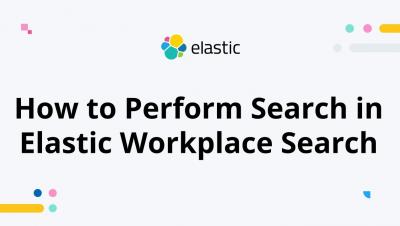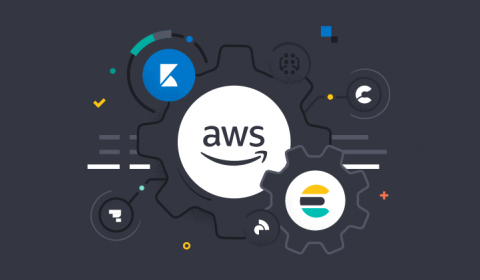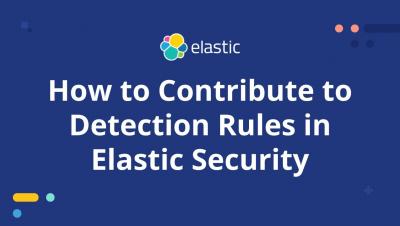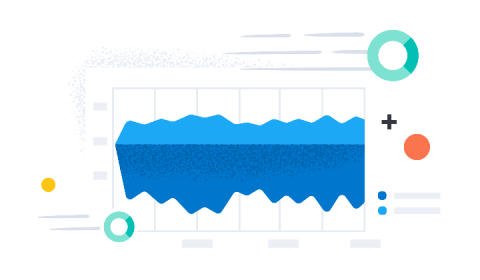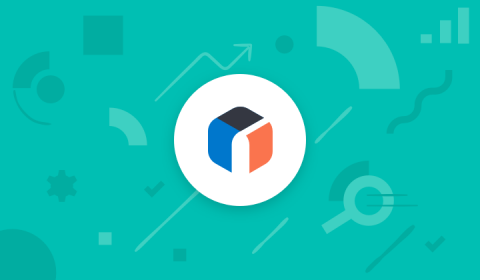Elastic Contributor Program: How to contribute code
We created the Elastic Contributor Program to encourage knowledge sharing in our community and to recognize and reward the hard work of our awesome contributors. There are six different contribution types accepted in the program: event organization, presentation, written content, video, translation, and code. In this blog post, we’ll cover how to contribute code in the many free and open projects that Elastic maintains.




